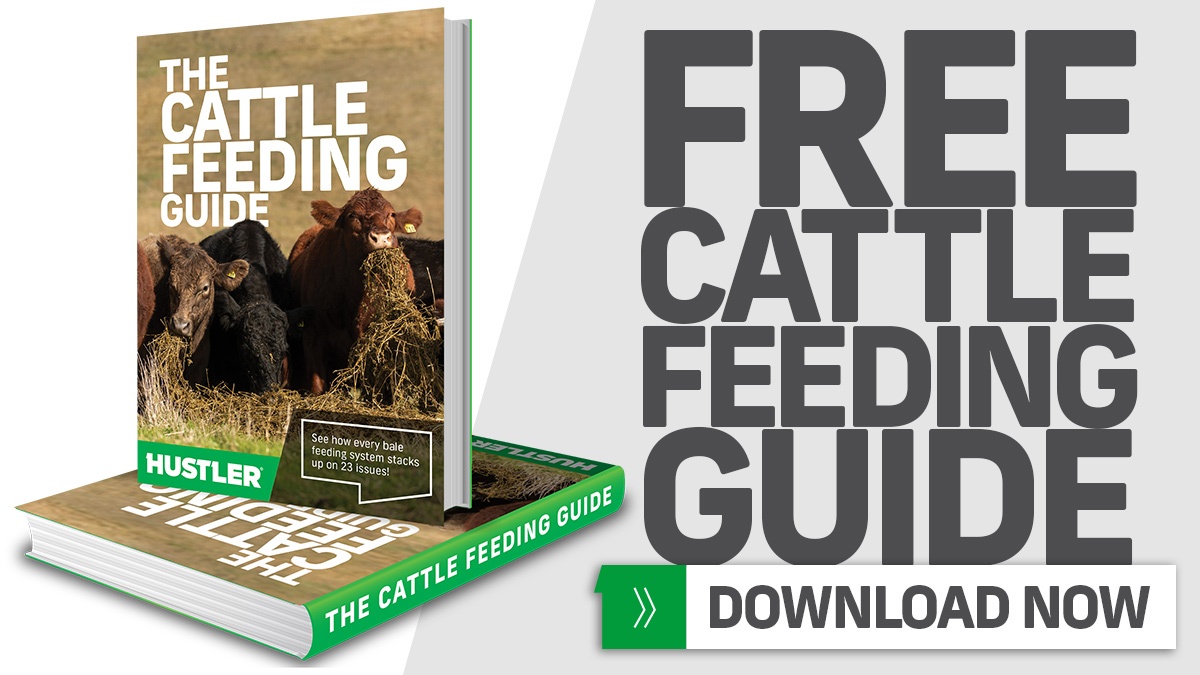Targeted Feed Rationing is Critical in Drought Conditions
With drought impacting large areas of New South Wales, keeping stock healthy at the lowest possible cost is a top priority for producers. Comobella farmer Luke Carr finds the Chainless X2500 bale feeding system allows him to feed his stock efficiently and without wastage.
Luke Carr farms on 1200 hectares at Comobella, between Wellington and Dunedoo in central west New South Wales. The family run a mixed farming operation with trade cattle and 2000 crossbred ewes producing second-cross lambs for export. They also grow dual-purpose crops – oats, wheat and occasionally canola – often under sown with lucerne to help finish the lambs.

The average annual rainfall in this region is 600 mm. However this year there has been no significant rain since April, so they are now in a drought situation. This has affected their ability to feed and finish stock, so they are supplementary feeding daily.
“We have a higher stocking rate, so what we need in our system is a cost-effective and efficient method to feed our animals,” Luke says.
“We buy and produce both round and square bales, so the
Hustler X2500 Chainless bale feeder really suited our needs.
It allows us to feed both types of hay, quickly and without wastage.”
And in the current severely dry conditions, reducing waste is a priority.
“Most producers have both maintenance and production classes of livestock on their farms and it’s a waste of money to overfeed dry (maintenance) animals. The X2500 allows us to give a more targeted volume of feed to our different livestock classes,” Luke says.
This targeted feed rationing provides substantial cost savings, because it allows him to put out the exact amount of feed the animals need, and no more.

“Normally we would have our lambs on oat crops at this time of year. But due to the season, we have had to lock the sheep up and feed them hay to preserve the pastures and crops. This is where the bale feeder is invaluable, because we don’t have to feed out full bales. We can feed stock small amounts of the bales as needed, which has really cut our hay usage.”
Luke also appreciates the labour-saving features of the Chainless X2500.
“Previously with our supplementary feeding regime, we didn’t have any equipment to feed hay. We had to drag bales of hay up the paddock manually and roll them out,” he says, “which is a very time-consuming and uneconomical way to do it.”

“One of the features that really drew us to the X2500 Chainless bale feeder is the quick unhitch system. You can unhitch the forks from the cabin of the tractor and use the bale spikes attached to the bale feeder to load hay onto the feeder. You can then hitch back up without leaving the cabin of the tractor.”
“Aside from the obvious OH&S benefits you have from not manually handling the bale, you are loading hay and getting it up the paddock as quickly as possible,” Luke says.
“I am the only employee here on our family farm, so it is important that I am able to work the machinery myself. The X2500 allows me to do that.”

























